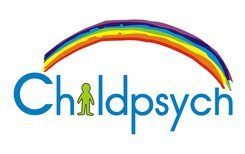It is important to stimulate the minds of young children, as this initial stimulation often lays the foundation for future learning. Providing the right amount of stimulation is a very important part of optimal parenting. Many of the new generation books and guides on pregnancy and infancy warn of the dangers of over-stimulation, and even though it is very important to be aware of the signs of over-stimulation, I find that many young mothers are terrified of over-exerting their babies and are often completely unsure of how (and how much) to interact with them.
In the infant and toddler stages, children need some help monitoring and regulating the amount of stimulation they receive. Different children, by virtue of having different temperaments have different thresholds for the amounts and kinds of stimulation they desire. Also remember that babies have different personalities, even from birth and it is important to match the kind of stimulation to your baby’s personality. Research has found that stressed, tired, depressed and pre-occupied parents provide too little stimulation for their babies, whereas parents tend to over-stimulate their children when they feel the child is too “slow” or “unresponsive”
The most effective approach is to take cues from the child. When interacting with infants, it is easy to tell whether they are getting the amount of stimulation they want or need. Infants will look away, turn their head, arch their back or, at the extreme, fuss and cry if they are getting to little or to much stimulation. Older children may go “into a shell” and seem to ignore their parents’ efforts to engage them. From very early infancy, children have conversational skills such as turn-taking, paying attention and ignoring and it is important to take note of their cues.
